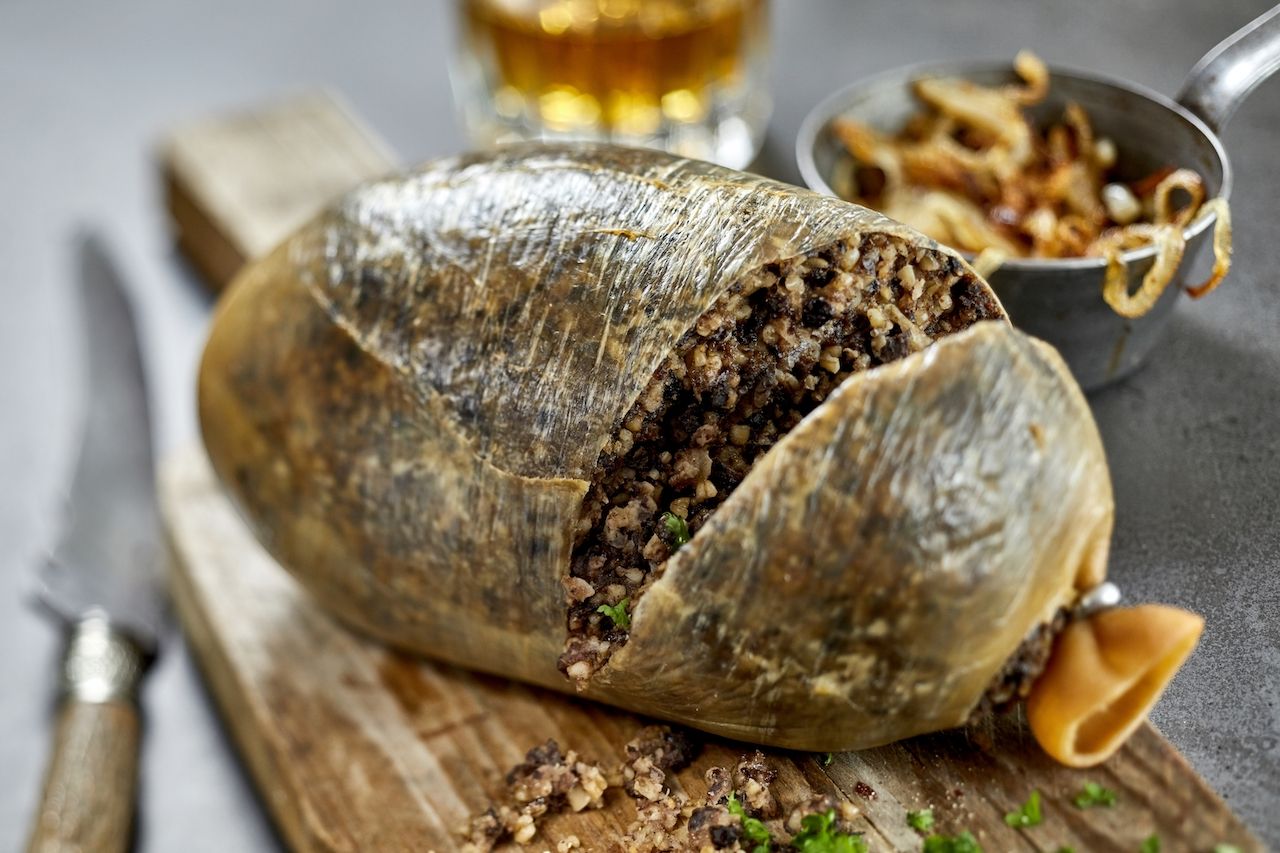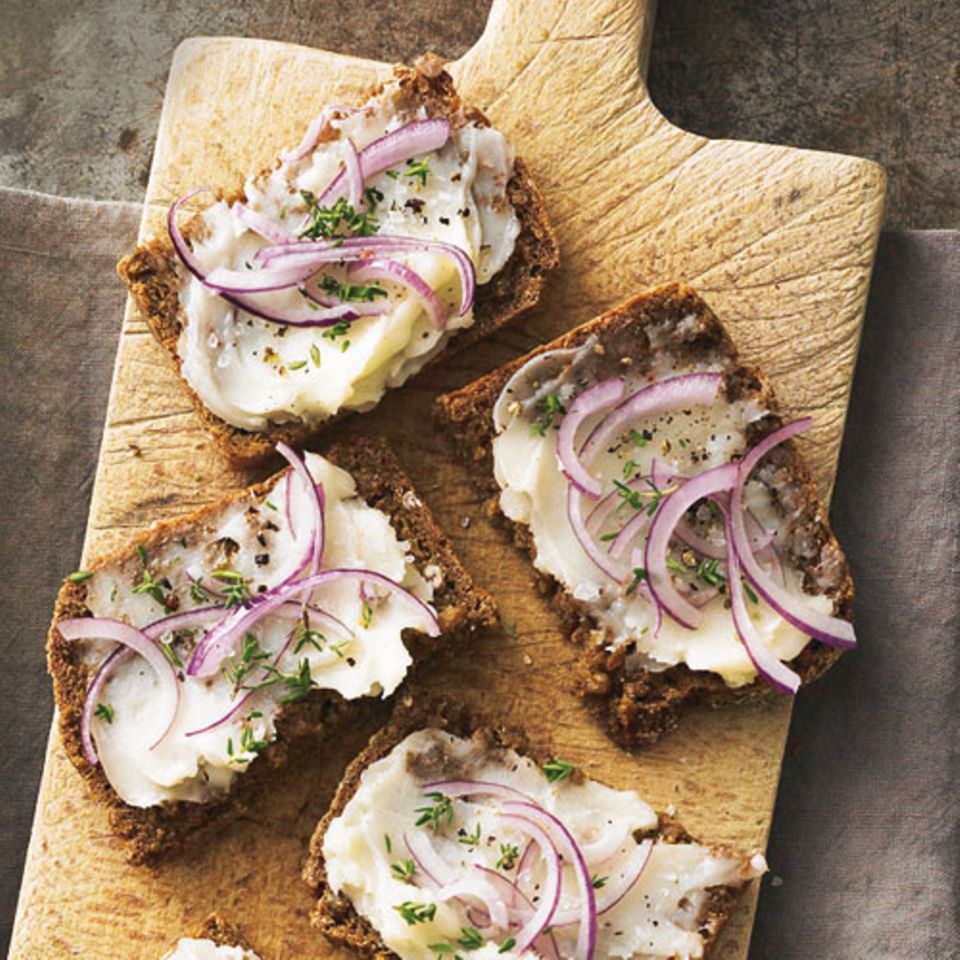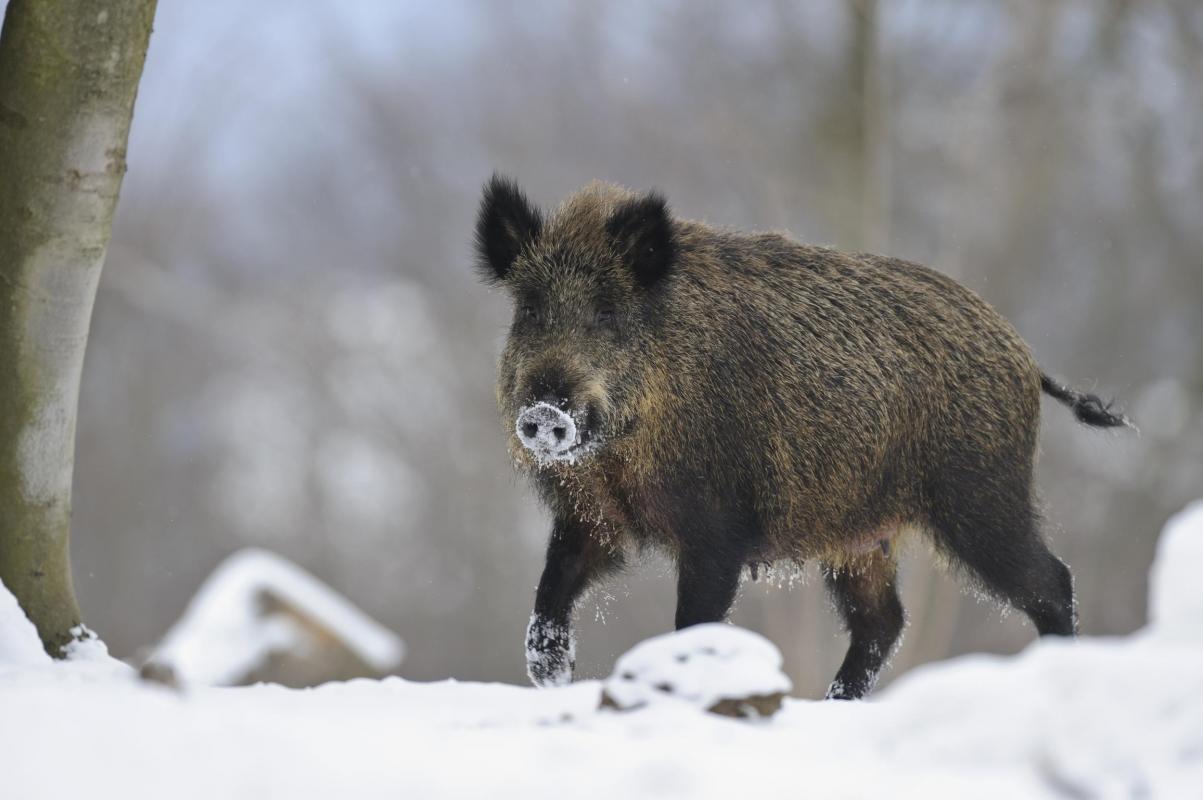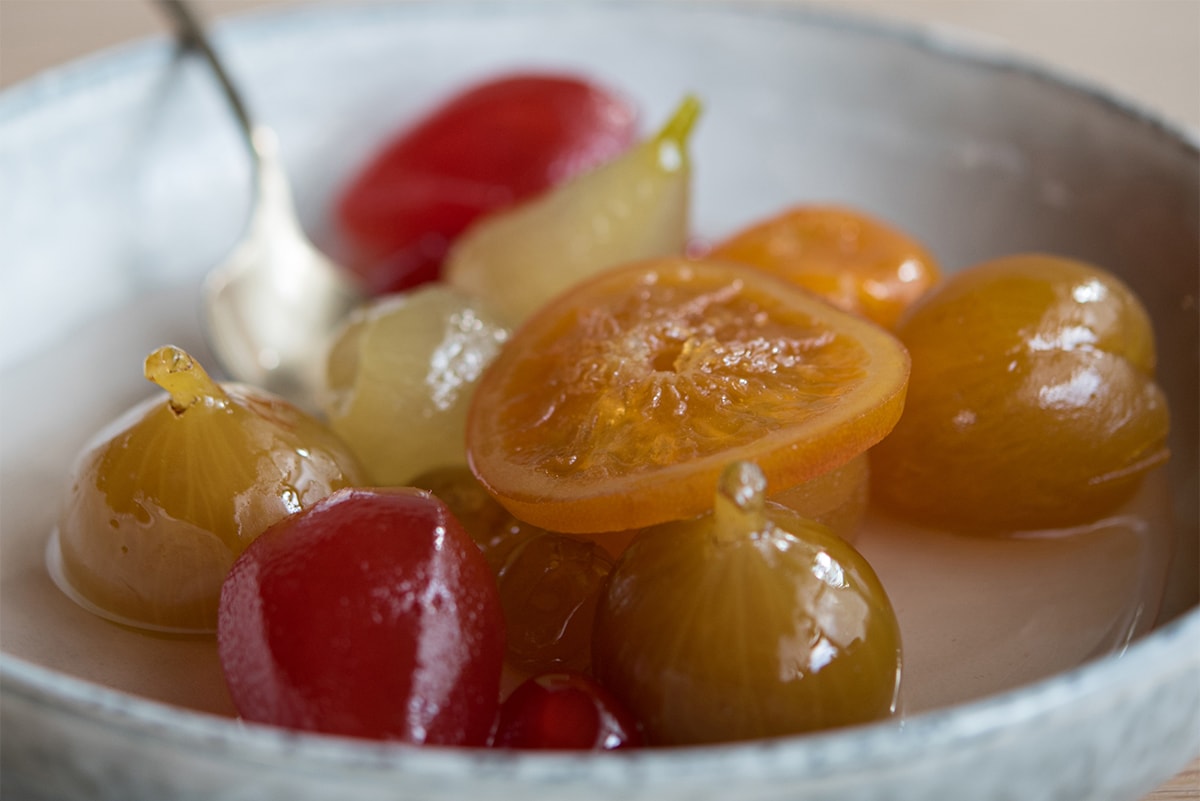

 8
8




- Tim's Homestead Journal - Purchase a copy of Building a Better World in Your Backyard - Purchase 6 Decks of Permaculture Cards -
- Purchase 12x Decks of Permaculture Cards - Purchase a copy of the SKIP Book - Purchase 12x copies of Building a Better World in your Backyard
 7
7





 8
8




Almond Thompson wrote:Haggis

Ngl it looks a lot tastier than the description
 13
13




“The most important decision we make is whether we believe we live in a friendly or hostile universe.”― Albert Einstein
 11
11




 17
17




I am only one, but still I am one. I cannot do everything, but still I can do something; and because I cannot do everything, I will not refuse to do something that I can do. (E.E.Hale)
 6
6




Invasive plants are Earth's way of insisting we notice her medicines. Stephen Herrod Buhner
Everyone learns what works by learning what doesn't work. Stephen Herrod Buhner
 10
10




Anita Martin wrote:
For meat, there is hare and game, including wild boar.....
“The most important decision we make is whether we believe we live in a friendly or hostile universe.”― Albert Einstein
 9
9




 7
7




Invasive plants are Earth's way of insisting we notice her medicines. Stephen Herrod Buhner
Everyone learns what works by learning what doesn't work. Stephen Herrod Buhner
 9
9




When you talk about Bavaria and Austria in specific, there are all these "Mehlspeisen" made from flour and eggs above all...
sow…reap…compost…repeat
 10
10




 8
8




 9
9




John Weiland wrote:
But speaking of pork, another bread spread unfamiliar to most Yanks will be the solidified bacon drippings that are mixed with onions and spread on toast or some other form of bread....can't recall the name just now.

I am only one, but still I am one. I cannot do everything, but still I can do something; and because I cannot do everything, I will not refuse to do something that I can do. (E.E.Hale)
 9
9




Amy Gardener wrote:Anita writes:
When you talk about Bavaria and Austria in specific, there are all these "Mehlspeisen" made from flour and eggs above all...
For years I've been looking for a sweet German recipe that my great grandmother made. She called it (or sounded like) "Mehlbeetle." Have you heard of this or is there a different spelling? Do you possibly have a recipe? The sauce was caramel-like that hardened when it cooled.
I'd be forever grateful for any clues regarding how to make this big sweet dumpling!


I am only one, but still I am one. I cannot do everything, but still I can do something; and because I cannot do everything, I will not refuse to do something that I can do. (E.E.Hale)
 8
8




John Weiland wrote:
The odd thing is that the U.S. apparently has increasing hot spots of feral/wild boar. Even as I realize razorback/ferals are not the same as true never-domesticated wild boar, they will be similar enough in flavor I suspect since they remain the same species. Yet my understanding is that wild/feral boar in the U.S. has a bad reputation even for eating, which seems strange if the same does not hold true for wild boar in Europe eastward through Asia.

I am only one, but still I am one. I cannot do everything, but still I can do something; and because I cannot do everything, I will not refuse to do something that I can do. (E.E.Hale)
 7
7




Do you remember if these were baked or rather boiled? Where they filled with plums or apricots or plain?
And do you know where from your great grandmother was originally?
sow…reap…compost…repeat

 9
9






How Permies works: https://permies.com/wiki/34193/permies-works-links-threads
My projects on Skye: The tree field, Growing and landracing, perennial polycultures, "Don't dream it - be it! "
 6
6




Nancy Reading wrote:
I was wondering about kippers?

source
We had kippers for breakfast today. just grilled with a couple of slices of fresh bread - yummy! I always reckon the omega oils in herring make it a healthy meal. Very tricky to eat though - all the fish bones are in them, although the little bones are safe enough. Just make sure you get properly smoked kippers, not ones that have been sprayed and dyed. Do you see other hot smoked fish at all?
I am only one, but still I am one. I cannot do everything, but still I can do something; and because I cannot do everything, I will not refuse to do something that I can do. (E.E.Hale)
 8
8




Amy Gardener wrote:
The big dumpling was plain (no fruit), wrapped in cloth then tied to a stick and left to boil in a kettle. She would unwrap the big white loaf then slice it like bread (without a crust). The big dumpling had little holes like cheese. The slices were served warm. As I recall, the sauce was like a brown sugar candy syrup but if it was fruit it was probably a prune syrup. The original family home was in the Alsace-Lorraine region. She spoke German.
I am only one, but still I am one. I cannot do everything, but still I can do something; and because I cannot do everything, I will not refuse to do something that I can do. (E.E.Hale)
 6
6




I am only one, but still I am one. I cannot do everything, but still I can do something; and because I cannot do everything, I will not refuse to do something that I can do. (E.E.Hale)
 4
4




Anita Martin wrote:....... we were in the Czech Republic we had to find a restaurant who offered Bohemian dumplings with meat gravy because middle daughter was craving them so badly.
On their own they are quite bland but they absorb gravy like crazy.
“The most important decision we make is whether we believe we live in a friendly or hostile universe.”― Albert Einstein
 4
4




Anita Martin wrote:..... and of course Apfelschorle (natural apple juice mixed with sparkling water)
“The most important decision we make is whether we believe we live in a friendly or hostile universe.”― Albert Einstein
 3
3




John Weiland wrote:
It's interesting that the recipes I've seen for Hungarian goulash typically are served with a large dumpling ball in them. My wife grew up in central Pennsylvania and her ancestors were from the Alsace region. The German side of her family were coal miners so I don't know if that fits with that region of Germany...? But it was interesting to me, having grown up with "pot pie" as a meat-filled pie crust, to learn from her that 'pot pie' in her region of Pennsylvania was a soup with large, flat dumpling-like noodles in it.
I am only one, but still I am one. I cannot do everything, but still I can do something; and because I cannot do everything, I will not refuse to do something that I can do. (E.E.Hale)
 5
5




I am only one, but still I am one. I cannot do everything, but still I can do something; and because I cannot do everything, I will not refuse to do something that I can do. (E.E.Hale)
 4
4




Amy Gardener wrote:She called it (or sounded like) "Mehlbeetle." Have you heard of this or is there a different spelling?
Invasive plants are Earth's way of insisting we notice her medicines. Stephen Herrod Buhner
Everyone learns what works by learning what doesn't work. Stephen Herrod Buhner
 6
6




Anne Miller wrote:
Amy Gardener wrote:She called it (or sounded like) "Mehlbeetle." Have you heard of this or is there a different spelling?
Maybe the name is knedle as this sound similar:
https://en.wikipedia.org/wiki/Knedle
I am only one, but still I am one. I cannot do everything, but still I can do something; and because I cannot do everything, I will not refuse to do something that I can do. (E.E.Hale)
 7
7




John Weiland wrote:
A Brazilian friend also mentioned cashew juice to me one day....make from the fruit of the cashew tree. This seems to be something rather hard to find in the U.S., although I think it can be purchased through places like Amazon....?
I am only one, but still I am one. I cannot do everything, but still I can do something; and because I cannot do everything, I will not refuse to do something that I can do. (E.E.Hale)
 5
5




Anita Martin wrote:I didn't know that you could juice cashew fruits.
 5
5




I do Celtic, fantasy, folk and shanty singing at Renaissance faires, fantasy festivals, pirate campouts, and other events in OR and WA, USA.
RionaTheSinger on youtube
 6
6




Riona Abhainn wrote:Snails, which I've eaten in soup at a French-style restaurant and which I found to be agreeable. Bear, a goal of mine.
I am only one, but still I am one. I cannot do everything, but still I can do something; and because I cannot do everything, I will not refuse to do something that I can do. (E.E.Hale)
 7
7




Anita Martin wrote:
I didn't know that you could juice cashew fruits.
 6
6




Tereza Okava wrote:I've lived in very multicultural places for quite some time and it's hard to find something I've never seen or tried before, but this year I was in northern Italy and had sweet pickles with mustard oil that were absolutely amazing. Some made with fruit like apples or figs, others with onions and carrots and such, but all just in a simple sugar syrup with this mustard oil. Fabulous and very different.
I am only one, but still I am one. I cannot do everything, but still I can do something; and because I cannot do everything, I will not refuse to do something that I can do. (E.E.Hale)












 4
4




- Tim's Homestead Journal - Purchase a copy of Building a Better World in Your Backyard - Purchase 6 Decks of Permaculture Cards -
- Purchase 12x Decks of Permaculture Cards - Purchase a copy of the SKIP Book - Purchase 12x copies of Building a Better World in your Backyard

 4
4




Tereza Okava wrote:...I was in northern Italy and had sweet pickles with mustard oil that were absolutely amazing. Some made with fruit like apples or figs, others with onions and carrots and such, but all just in a simple sugar syrup with this mustard oil. Fabulous and very different.
 ?
? 7
7




Christopher Weeks wrote:
Tereza Okava wrote:...I was in northern Italy and had sweet pickles with mustard oil that were absolutely amazing. Some made with fruit like apples or figs, others with onions and carrots and such, but all just in a simple sugar syrup with this mustard oil. Fabulous and very different.
Like this: https://www.saveur.com/article/Recipes/Classic-Mustard-Fruit-Preserves/ ?

 7
7




Timothy Norton wrote:I really want to try some proper European breakfast foods.
If I could just do a breakfast themed trip I would be forever pleased haha!
 3
3




Timothy Norton wrote:I really want to try some proper European breakfast foods.

I am only one, but still I am one. I cannot do everything, but still I can do something; and because I cannot do everything, I will not refuse to do something that I can do. (E.E.Hale)
 4
4




I do Celtic, fantasy, folk and shanty singing at Renaissance faires, fantasy festivals, pirate campouts, and other events in OR and WA, USA.
RionaTheSinger on youtube












 5
5




Timothy Norton wrote:I really want to try some proper European breakfast foods.
If I could just do a breakfast themed trip I would be forever pleased haha!
How Permies works: https://permies.com/wiki/34193/permies-works-links-threads
My projects on Skye: The tree field, Growing and landracing, perennial polycultures, "Don't dream it - be it! "

|
Skool. Stay in. Smartness. Tiny ad:
The new gardening playing cards kickstarter is now live!
https://www.kickstarter.com/projects/paulwheaton/garden-cards
|








